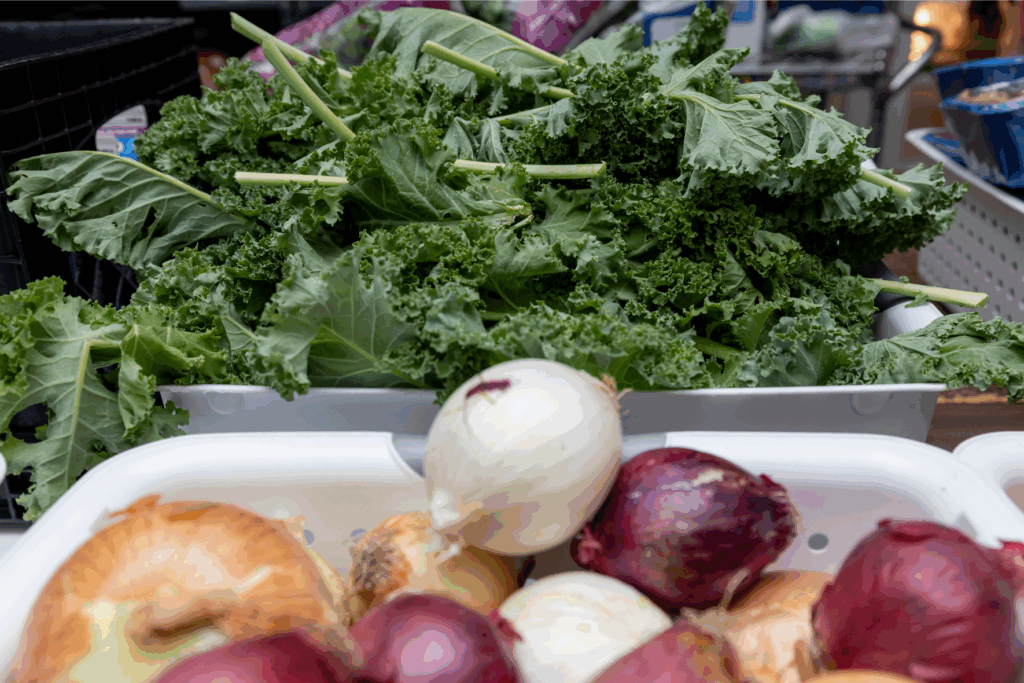Episodic food insecurity can affect anyone. You might be a neighbor with unreliable access to nutritious food due to age or health. Or maybe you skip meals because you just can’t afford to pay the bills. Or maybe you eat what’s cheap (and processed) because your kids need shoes, and a backpack too. No matter the cause, food insecurity impacts more than your physical and mental health – it also influences community well-being.
Food insecurity is on the rise in Central Virginia. The USDA says 10.2% of U.S. households wrestle with episodic food insecurity. While helpful, this data isn’t actionable. So, we use intake tools across our diverse network of food pantries and nonprofit partners to capture foot traffic and visits. We aggregate food sourcing and retail distribution data, and constantly analyze economic, state and Central Virginia-specific statistics. We also utilize advanced data models that integrate income, bankruptcy rates, education, age, regional employment trends and other factors. This comprehensive approach enables us to track food insecurity down to the zip code level – and study what’s driving demand.
What is driving neighbor need?
A variety of factors contribute to food insecurity, and they’re constantly evolving. For example, every day, 10,000 people in America turn 65. This demographic shift means more individuals are on fixed incomes and more are facing age-related health issues. Economic instability also plays a role. The rising cost of living puts a significant strain on household budgets and forces tradeoffs. Homeowners’ insurance is only up 2% this year – but that’s an 18% increase compared to five years ago – and car insurance is up 26% compared to last year. And while food prices have dropped from an all-time high, they’re 20% higher than 2021.
Our data shows that all of this leads to more neighbors needing help and visiting pantries. But because of your kindness and generosity, they can find nourishment and hope.
Thank you for believing that no one in Central Virginia should go hungry – and that thriving communities start with full plates.
Data Tells The Story (Fiscal Year 2023 vs. Fiscal Year 2024)
Pantry Visits: Up 24.7%
- Tracked via our neighbor-intake management software.
- At 250+ partner agencies across Central Virginia.
- Helps us understand where and when people are visiting food pantries.
Hunger Hotline Referrals: Up 44.2%
- Anyone in need of emergency food assistance can walk in, call or visit FeedMore.org.
- We also take referrals from healthcare organizations and community partners.
- We support 50 different languages through a cost-effective third-party translation service.
Food Distributed: Up 7.6%
- Through our network of 400+ distribution sites (including pantries) and programs.
- Across 29 counties and 5 cities.
What We’re Seeing: We diligently monitor food insecurity rates across the 198 zip codes we serve, and at a city and county level.
| Amelia | 10.3 | Halifax | 12.9 | Northumberland | 10.8 |
| Brunswick | 14.6 | Hanover | 4.5 | Nottoway | 13.6 |
| Charles City | 12.3 | Henrico | 7.9 | Petersburg City | 14.8 |
| Charlotte | 13.6 | Hopewell City | 14.1 | Powhatan | 4.8 |
| Chesterfield | 6.9 | King and Queen | 11.9 | Prince Edward | 10.2 |
| Colonial Heights | 9.3 | King William | 6.4 | Prince George | 7.7 |
| Cumberland | 10.2 | Lancaster | 10.5 | Richmond | 12.3 |
| Dinwiddie | 8.2 | Louisa | 9.4 | Richmond City | 13.8 |
| Emporia City | 16.5 | Lunenburg | 13.1 | Sussex | 11.9 |
| Essex | 13.6 | Mecklenburg | 13.0 | Westmoreland | 13.2 |
| Goochland | 5.8 | Middlesex | 9.0 | ||
| Greensville | 6.4 | New Kent | 5.3 |
*Food insecurity rates are percentages based on data from Q2 2024 calendar year.





